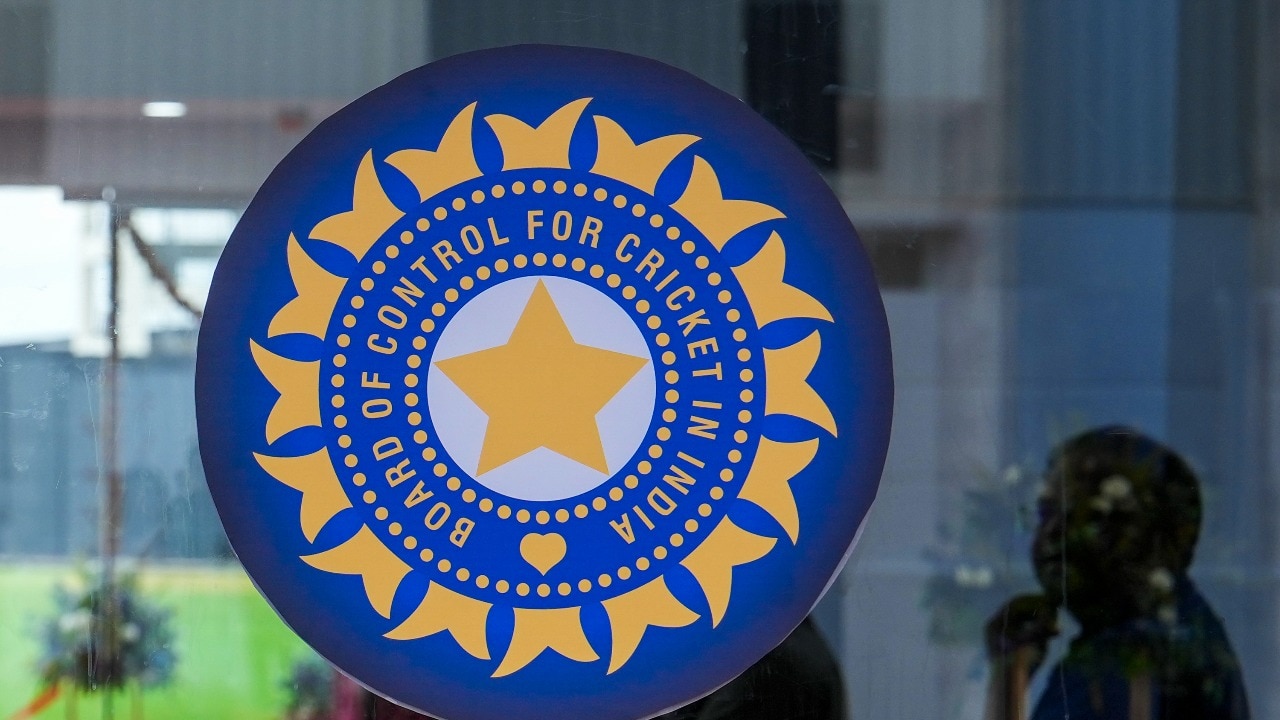Cricket Has A Huge Climate Change Problem

Virat Kohli of India, one of cricket's biggest stars, suffered from heat exhaustion at the 2023 ICC ... More World Cup in India. Getty ImagesCricket is facing its ultimate challenge: climate change. The second most popular sport in the world (2.5 billion fans) is being played in dangerously hot and humid conditions that increasingly put its players and fans at risk.The new Hit for Six: The Danger Zone report, authored by non-profits Climate Central, FrontRunners, The British Association for Sustainability in Sport (BASIS), and The Next Test, analyzes the increase in extreme heat and humidity on the Indian subcontinent and in other cricket-loving regions like the United Kingdom, the West Indies, and Australia.According to Hit for Six, nearly 50% of the Indian Premier League’s (IPL) 2025 matches were played in conditions of “Extreme Caution” or “Danger” on the Heat Index — a measure that combines air temperature and humidity to assess heat-related risk.The IPL is a global juggernaut, similar in scale and quality to the English Premier League and the NFL. It is a country-wide obsession that breeds fame and fortune for players and captures the hearts of fans worldwide with every match. Unfortunately, as heat, humidity, and air pollution continue to increase, it faces an uncertain future despite its vast economic resources.Reflecting on the challenge cricket faces, former West Indies Captain Daren Ganga says, “This challenge is an existential one...I have seen the unbridled joy and enthusiasm that this game of ours brings to different generations and nations. It is a pleasure to behold and cherish, and it saddens me deeply to see it threatened by a worsening climate crisis.”MORE FOR YOUCricket in Extreme HeatThe implications of “Extreme Caution” and “Danger” conditions are stark for cricket players and fans. According to the National Weather Service , “Extreme Caution” is the classification for heat index temperatures between 90°F and 102°F (32 °C to 39.4 °C). The effects on the human body can range from cramps to heat stroke, and are exacerbated by prolonged exposure or physical activity.“Danger” is denoted as a heat index temperature from 103F to 124F (39.4C to 51C). 12% of the IPL matches in 2025 were played in this temperature range, one that seems unbearable to sit in, let alone bat, bowl, and run in.England international Maia Bouchier has been subject to these temperatures, calling them “incredibly hard to play in.” Bouchier says, “We played in Dubai for the Twenty20 World Cup in October and after one game, where I had only really been batting for about 45 minutes to an hour, I couldn't breathe in the humidity and I had to sit down for 15 minutes after we had finished because I felt light headed and physically couldn't stay standing.”PERTH, AUSTRALIA - DECEMBER 12: Marnus Labuschagne of Australia feels the heat during day one of the ... More First Test match between Australia and New Zealand at Optus Stadium on December 12, 2019 in Perth, Australia. (Photo by Cameron Spencer/Getty Images) Getty ImagesThe conditions are not foreign to Ganga either. The Caribbean native says, “I have played in blistering heat and vividly recall he nausea, the dizziness, the cramps that come with feelings of heatstroke.”As heat and humidity increase, player reaction times increase, concentration goes down and reflexes are impaired. Dehydration causes cramps, and overall performance deteriorates the longer the athlete is in the heat, exerting themselves. For a sport like cricket, which can last between three and eight hours depending on the format, heat can be deadly.India’s Virat Kohli and Shubman Gill, both of whom are elite athletes accustomed to the subcontinent’s harsh heat index, suffered debilitating cramps during the ICC World Cup semi-final against New Zealand, with Gill forced to retire for several innings.The DataThe Hit for Six researchers collected heat index temperatures from 1970 through 2025 from all of India’s major cricket cities, and from other countries around the world. In that time, Mumbai has seen its high-risk heat days jump by 125%.Every major cricketing nation has seen a surge in extreme heat days as a direct cause of climate change. Thiruvananthapuram in India’s southern Kerala region recorded more than 100 hazardous heat days in 2024 alone. According to the report, “these are days when temperatures exceed safe limits for human health, dramatically increasing the risk of heat-related illness.”Dr. Kaitlyn Trudeau is the Senior Research Associate at Climate Central. Trudeau synthesized the temperature data for the report, but admits that temperatures in the study and their impacts could be even greater than reported.Speaking to me via video call, Trudeau said Heat Index is the easiest and most accessible climate-related figure to calculate in different parts of the world; however, it assumes the person is in the shade, and it underestimates the impact of heat on the body.Heat Index does not adequately account for latent heat , which is the moisture in the air that can lead to greater total heat accumulation. Nor does it factor in elements like wind and radiation.In cricket, players are in sunny areas for the duration of the game, often in padded gear, which adds extra heat as they bat, none of which is truly accounted for.Sri Lanka's players attend a practice session amid smoggy conditions on the eve of their 2023 ICC ... More Men's Cricket World Cup one-day international (ODI) match against Bangladesh at the Arun Jaitley Stadium in New Delhi on November 5, 2023. Bangladesh coach Chandika Hathurusingha admitted on November 5 his team has "no choice" but to play Sri Lanka in smog-choked New Delhi as their failed World Cup mission winds down. (Photo by Arun SANKAR / AFP) / — IMAGE RESTRICTED TO EDITORIAL USE - STRICTLY NO COMMERCIAL USE — (Photo by ARUN SANKAR/AFP via Getty Images) AFP via Getty ImagesHeat is also just the tip of the climate iceberg. The T20 World Cup hosted in the U.S. and the Caribbean last summer was disrupted by multiple times by increasingly unpredictable and devastating thunderstorms.The enduring image of the 2023 ICC Cricket World Cup in India is of Bangladesh players wearing masks as they trained in a smog-filled Delhi ahead of their World Cup match against Sri Lanka. If air pollution in India were to be reduced, heat and humidity could actually increase on the subcontinent, as currently the particulate matter is reflecting some of the sun’s rays into space.What’s even more concerning, according to Trudeau, is that the world is already reaching temperatures that were expected in 2050. Changes in climate, and especially its upper limits, are taking place faster than expected. As she says, “It’s hard to imagine we won’t be seeing more of this unless we dramatically do something.”Recommendations for CricketThe most obvious recommendation the report makes, albeit one that is out of the cricket industry’s hands, is to reduce carbon pollution by stopping the exploration, refining, and burning of fossil fuels.As Kristina Dahl, Climate Central’s VP of Science, explains: “Across India, climate change is increasing the number of days when extreme heat threatens the health of both cricket fans and cricket players. This trend toward more frequent, more extreme heat will continue as long as we keep burning fossil fuels, so preserving the future of cricket will require both cutting carbon pollution and considering ways to adapt cricket seasons to keep players and fans safe."If climate change is not arrested and temperatures continue to rise, governing bodies will need to consider playing games at cooler times of day or indoors to avoid potential heat exhaustion.In line with this, Hit for Six recommends that national federations follow the leadership of Cricket Australia and England and Wales Cricket Board and publish guidelines for playing in extreme heat, something Bouchier says she would welcome.The report also pushes for governing bodies to sign up to the UN Sports for Climate Action Framework, review their heat policies annually, review their commercial sponsors, such as the International Cricket Council’s partnership with Saudi oil major Aramco, and invest in eco-conscious infrastructure.In the words of Selwin Hart, Special Adviser to the UN Secretary-General on Climate Action, “If cricket is to survive and thrive, it needs to adapt. But, like any good team, it also needs major cricket powers to play their respective parts in tackling the root causes of the climate crisis...Let us harness the unifying power of cricket to drive meaningful change, ensuring that present and future generations can continue to enjoy the game under clear skies and on firm ground.”











